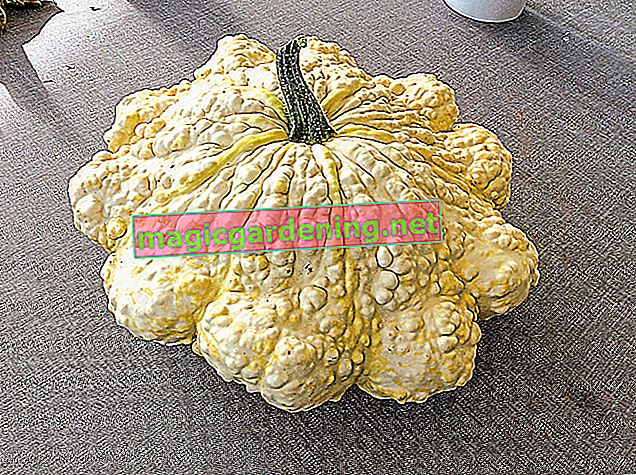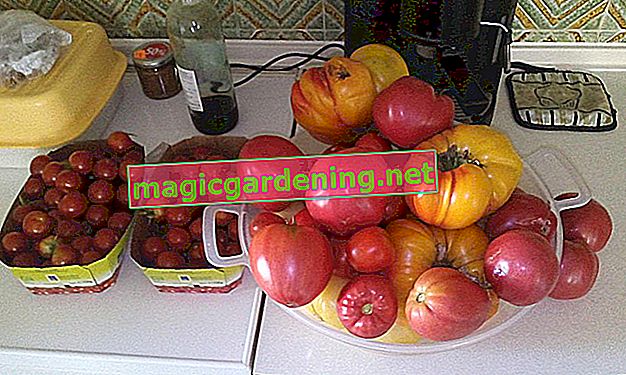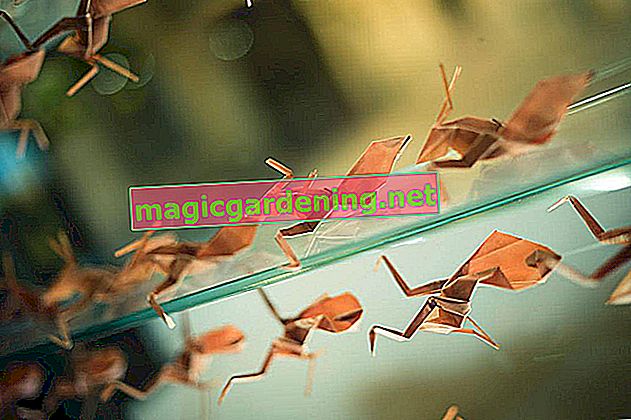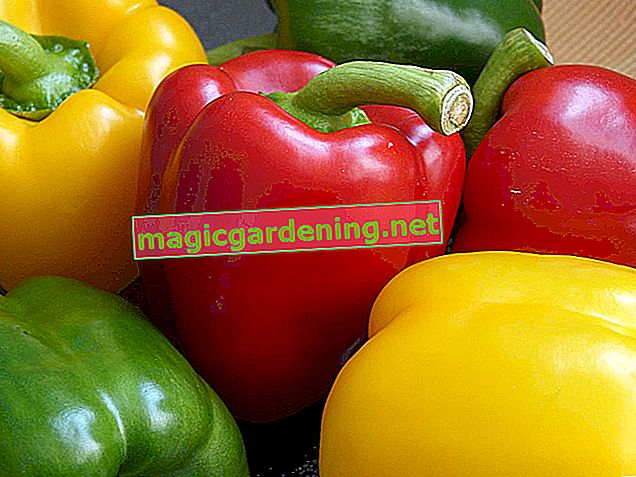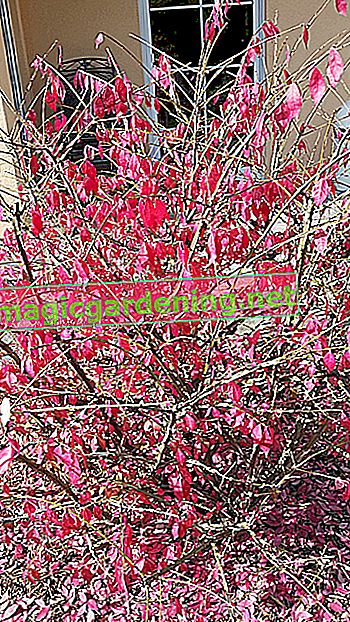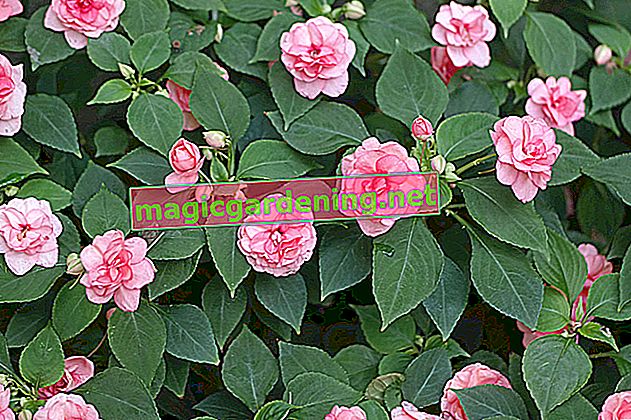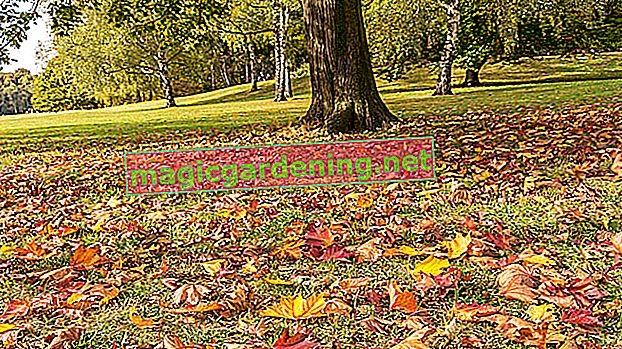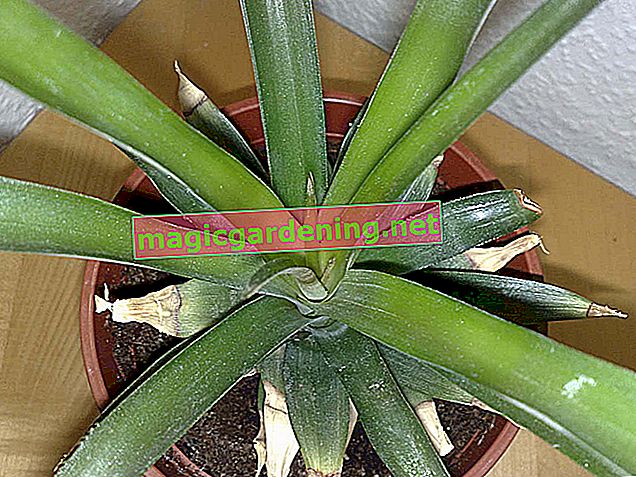
Harvesting seeds is a matter of luck
The cultivated pineapple from the supermarket rarely contains seeds. Since kernels are undesirable in modern fruit, they are simply bred away. The fact that pineapple plants are self-sterile also plays a role. The result is that the fruits thrive without fertilization - no fertilization - no seeds. If Fortuna suits you, you can still catch a specimen with seeds.
also read
- Harvest pineapples at the best possible time
- Collect and sow seeds of the black-eyed Susanne
- Sowing marigolds yourself - this is how it works
Choose a particularly large fruit because up to 30 seeds can be hidden here. They can be found 5-15 millimeters below the brown shell. With a length of 2-3 millimeters, a width of 1 millimeter and their reddish-brown color, they stand out clearly from the golden-yellow pulp.
Professional sowing of pineapple seeds
If the harvested and cleaned kernels are in front of you, they are first given a pre-treatment. If seeds come from a pulp, they are always provided with a hard shell to prevent sprouting. Because they are too small to roughen the shell with a file, they are soaked. Soak the pineapple seeds in lukewarm water for 24 hours. Then you handle the sowing as follows:
- small seed pots (€ 14.90 on Amazon *) fill with peat sand, perlite (€ 32.90 on Amazon *) or commercially available seed soil
- Put one seed in each one 1-2 centimeters deep and sieve thinly
- Spray with lukewarm rainwater or pour from below
In order to put the seeds in the germination mood, a temperature of 28-30 degrees Celsius and a humidity of more than 80 percent are required. Ideally, a heated mini greenhouse (€ 6.96 at Amazon *) is available for this. Alternatively, put a plastic bag over each potty. Usually the kernels take 8-12 weeks to germinate. During this time, they must not come under direct sunlight.
Tips & Tricks
Did you know that a pineapple is not a single fruit, but a cluster of more than 100 berries? These close together around a fleshy inflorescence axis in the middle of the juicy-sweet pulp. This fruit axis is also edible, but not very popular due to its hard consistency.
GTH

